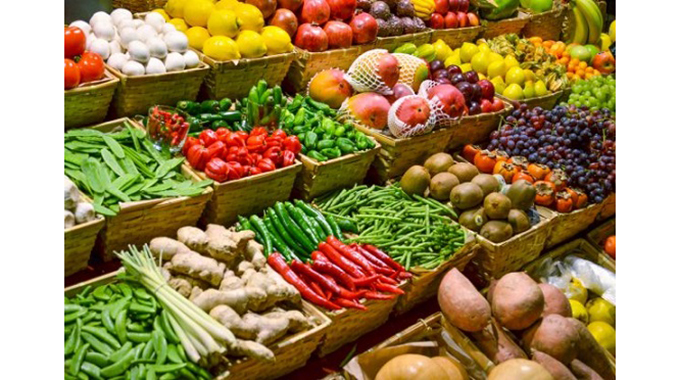
The ManicaPost

HORTICULTURAL production provides a potential opportunity for Zimbabwe to increase its export revenues.
The economic and social impacts of the export-oriented horticulture sector are many and include benefits to the national economy, employment opportunities, the development of contract farming, improvement of livelihoods and poverty alleviation, among others.
Zimbabwe has a reputation for being a source of quality horticultural produce.
In fact, there is a general appreciation of Zimbabwe’s tasty horticultural produce in China, Japan, Russia and Netherlands.
As the nation intensifies efforts to revive the economy, the horticulture sector is a low hanging fruit with the potential to earn the much-needed foreign currency through export of high-value horticultural produce.
Apart from supporting the country’s manufacturing sector, there is high potential for local farmers to export fresh produce to countries in the region and across the world.
These exports can be easily sustained by a highly productive agricultural sector, and Zimbabwe can generate billions of dollars from the export of horticultural produce due to the country’s favourable climatic conditions.
Zimbabwe currently exports horticultural products worth about U$122 million annually, which is less than what it used to do between 1998 and 1999.
So there are immense opportunities in the horticulture industry as long as small-scale producers have access to markets for horticultural products, storage facilities and extension services.
ZimTrade has identified the low hanging fruits for the horticulture sector as passion fruit, fine beans, peas, berries, carrots, baby corn, baby marrow, courgettes, tomatoes and chillies.
The country also has another range of horticultural products that include onions, butternuts, garlic, ginger, flowers, avocados and macadamia nuts.
These can help boost exports.
Diversification of agriculture into higher-value-added and non-traditional export crops such as flowers and plants, fresh and processed fruits and vegetables must also be prioritised.
Some of the products that already contribute to the country’s export earnings are citrus fruits at 32 percent, flowers (25 percent) and peas (19 percent).
Export growth is vitally important as it is a source of the foreign currency that is needed to import goods that cannot readily be produced locally.
Foreign trade is an essential driver for sustained economic growth, which is necessary for poverty reduction among farmers.
To earn more and increase the presence of Zimbabwean produce on the global market, it is critical for farmers, manufacturers and exporters to take part in trade promotional events where they can showcase their products.
There is need to use digital platforms to create virtual warehouses which will be used to showcase available products and connect with markets.
On the basis of information available on the virtual warehouse, an array of players in the ecosystem of the agricultural value chain will then deliver the product to the final market.
This, of course, needs to be run on a commercial basis so as to guarantee positive return on investments and the programme’s sustainability.



